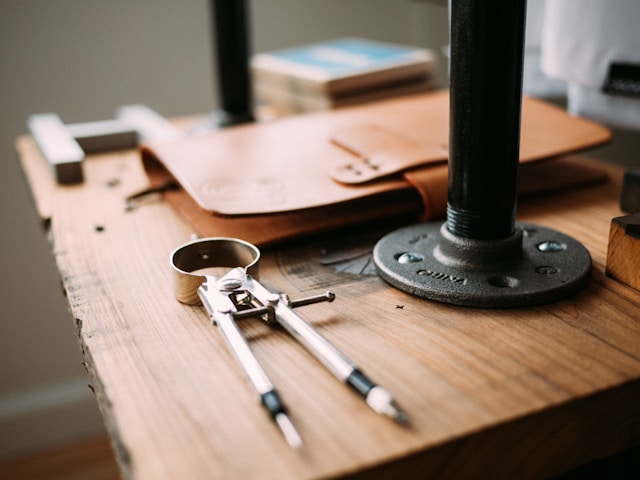Modern Wallpaper Systems: Engineered Surface Solutions for Architectural Interiors

Contemporary wallpaper installation has evolved into a technical surface engineering discipline. From traditional paste-activated papers to advanced 3D architectural panels, modern wallcoverings combine material innovation with precision application techniques for durable and hygienic interior environments.
The fundamentals of professional wallpaper installation rely on substrate PH balancing, adhesive selection based on material porosity, and pattern-matching tolerances. These critical elements ensure long-term adhesion stability while maintaining seamless visual continuity.
Surface Engineering Principles
Modern wallpaper systems require understanding of hygroscopic expansion rates and VOC emission standards (CDPH v1.2). Advanced techniques include laser-guided pattern matching, substrate moisture mapping (±5% RH accuracy), and electrostatic application of commercial-grade vinyls.
"Professional wallpaper installation is millimeter work - every seam, pattern repeat, and adhesive layer must account for material behavior under humidity cycles."— Claire Dubois, Surface Materials Engineer
Innovative Wallcoverings
The industry now offers photocatalytic air-purifying papers, magnetic-receptive wall systems, and digitally-printed custom murals with 1200 dpi resolution. Recent advancements include self-adhesive repositionable panels and antimicrobial coatings meeting HAI protocols.
Essential Installation Components
- PH-neutral substrate primers (7.0-8.5 range)
- Commercial-grade acrylic adhesives (EN 233)
- Seam rollers with adjustable pressure (0-20 psi)
- Laser alignment systems (±0.5mm accuracy)
Future trends include smart wallpapers with integrated touch controls, thermochromic temperature-responsive surfaces, and self-healing scratch-resistant coatings. This blog explores how nanotechnology and digital fabrication are transforming wallcoverings into functional architectural elements.